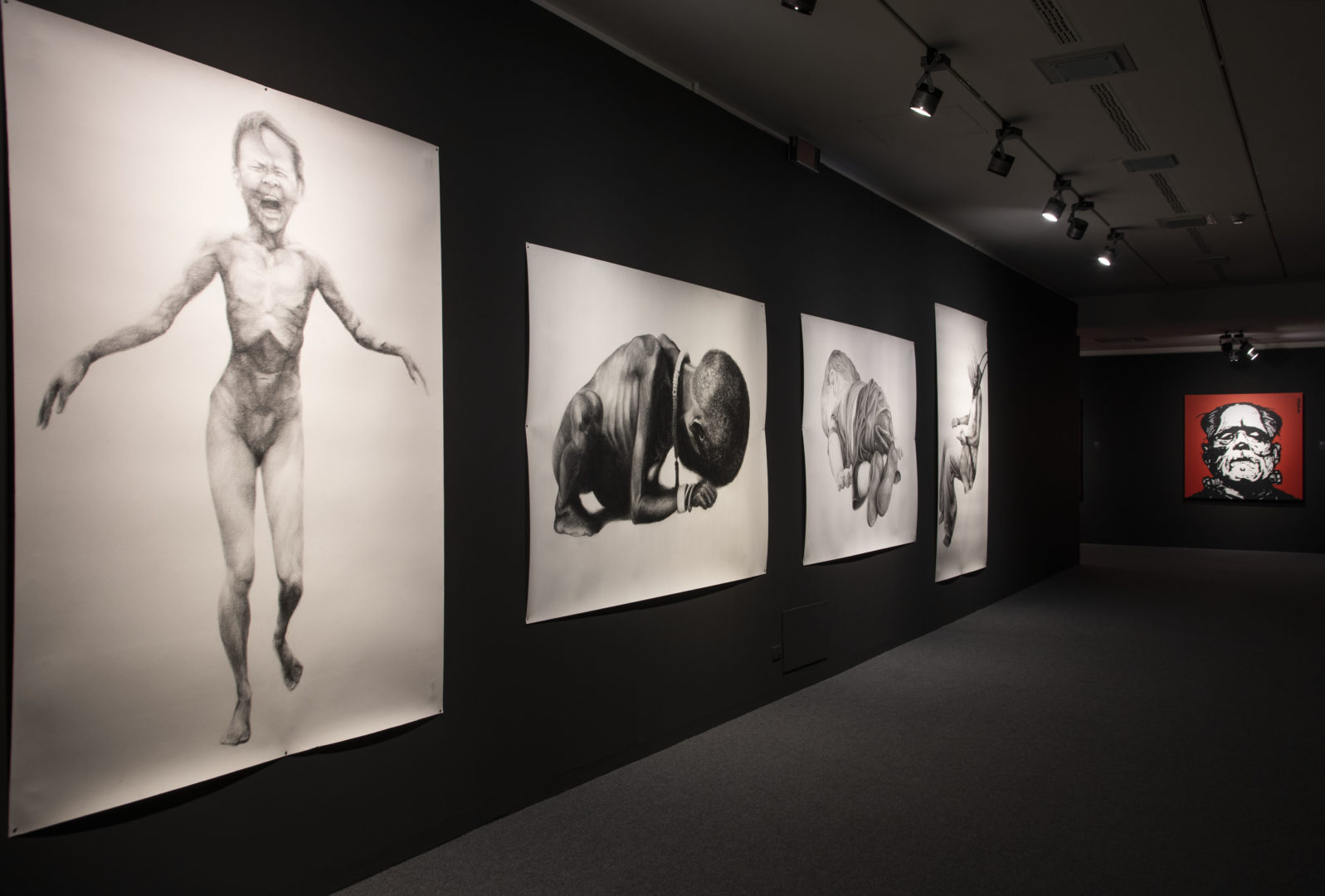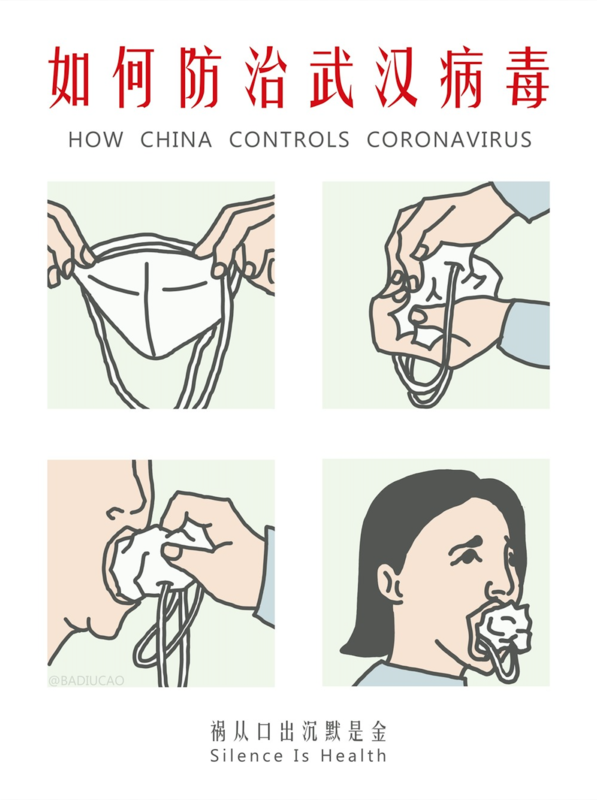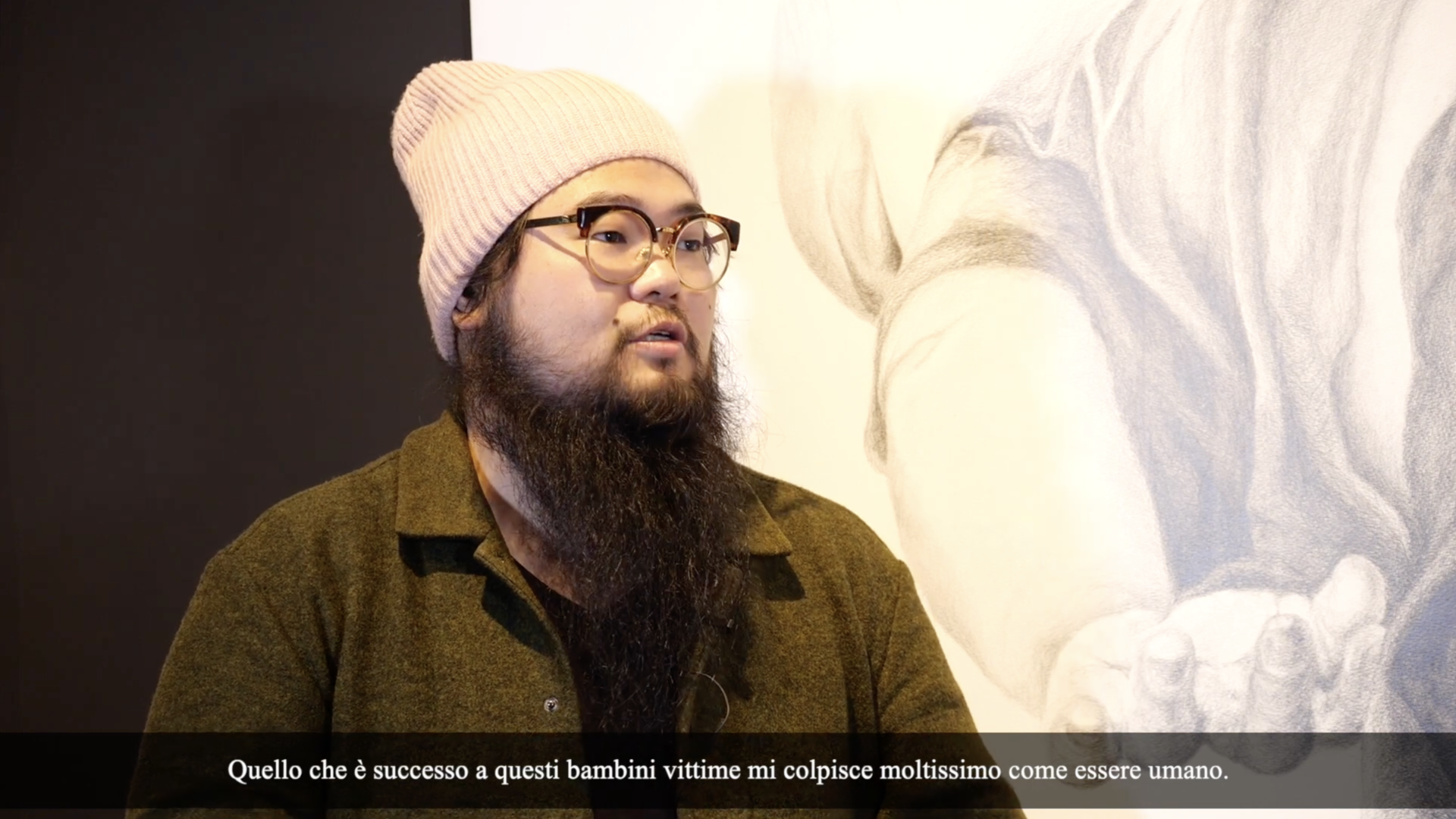La Cina (non) è vicina. BADIUCAO – works of a dissident artist
From 13 November 2021 to 20 February 2022
"La Cina (non) è vicina. BADIUCAO - works of a dissident artist" is the first solo exhibition dedicated to Badiucao, pseudonym of the Chinese artist-activist known for his protest art.

The exhibition
The exhibition, curated by Elettra Stamboulis, at Santa Giulia Museum, traces the activity of the dissident artist Badiucao from the beginning to the most recent works, through about seventy works divided into five thematic sections (China, Hong Kong, Uiguria, Myanmar, Mao Nostalgia).
From multi-material and multimedia installations to canvases, from graphic works to cartoons, with a pop, young and modern artistic language, Badiucao’s works return to the visitor, with pungent irony, a geopolitical map of East Asia.
The exhibition, the artist’s first solo exhibition in the West, represents the key event during the 4th edition of the Festival della Pace (Peace Festival) and is part of the display format created by Fondazione Brescia Musei and dedicated to the relationship between contemporary art and human rights.
Who is Badiucao?
Born in China in 1986 and grew up in the city of Shanghai, Badiucao is a popular and prolific Chinese political artist. In 2009 he emigrated to Melbourne, Australia, to make his first satirical drawings in anonymity, under the pseudonym Badiucao. He uses all mediums, but the most powerful tool of dissemination of his message remains Twitter, which he begins to use after being censored three times in China on the microblogging site Weibo. Compared to Banksy for his disruptive critique of modern society, he revealed his true identity on June 4, 2019 (the anniversary of the Tian An Men Square massacre) during the presentation of the documentary about him China’s Artful Dissident.


Artworks
Art and human rights
With this new project Fondazione Brescia Musei, together with the Municipality of Brescia, continues the path started in 2019 with the exhibition Avremo anche giorni migliori. Zehra Doğan. Opere dalle carceri turche, in which the Kurdish artist, with about sixty new works on show, wove and entwined her own personal vicissitudes with the dramatic political events of stringent actuality, underscoring the relationship between contemporary works and human rights. After great success in Brescia, a selection of Zehra Doğan’s works were exhibited in 2021 at PAC – Padiglione d’Arte Contemporanea – in Milan.
A display format dedicated to the narration of modernity through art, a dialogue by means of which to interpret the most significant historical phenomena of today. Contemporary art and human rights therefore find a point of synthesis in the revelation of artists who are dissidents and activists, mostly unknown in the West.




























